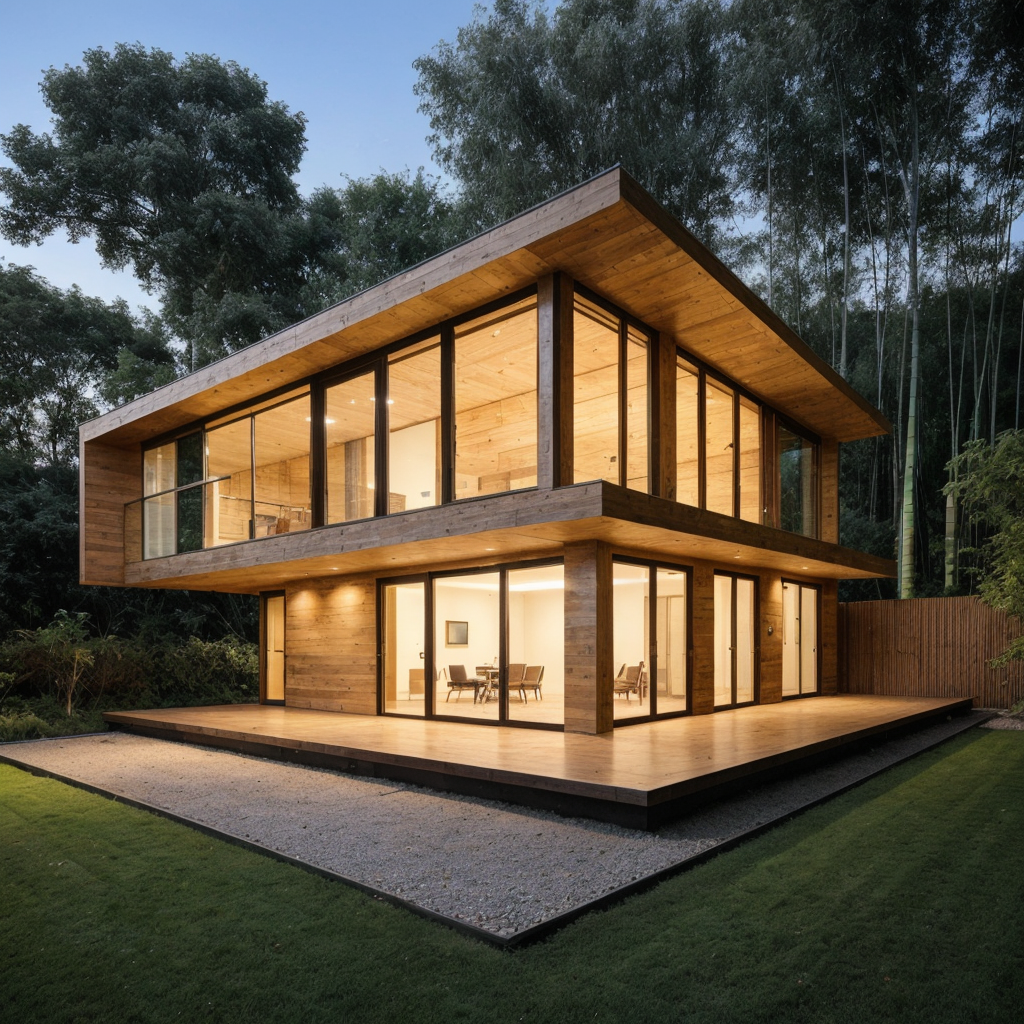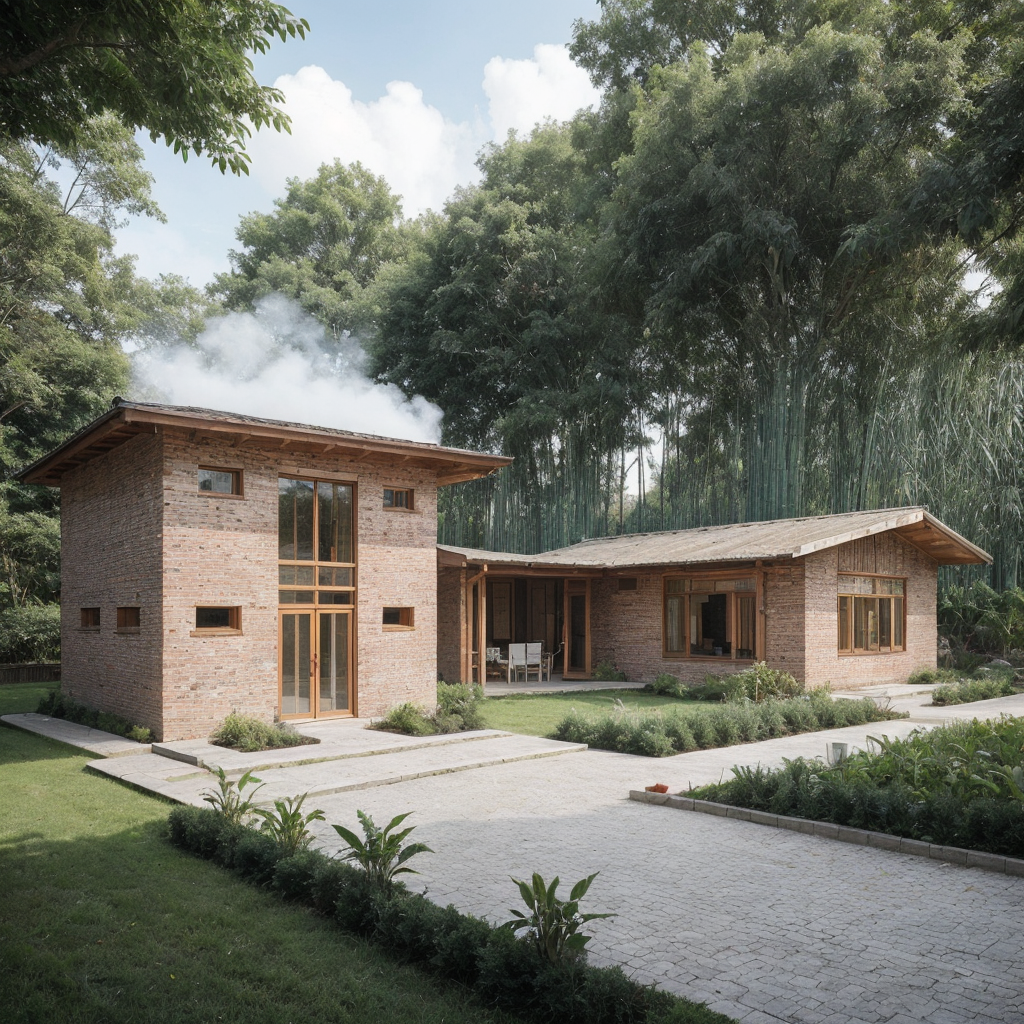As the global focus on environmental sustainability intensifies, the construction industry faces increasing pressure to reconsider its reliance on traditional building materials. Traditional materials such as concrete, steel, and wood, while foundational to modern construction, often carry significant environmental drawbacks.
In this blog post, we will delve into the environmental implications of both traditional and sustainable building materials, aiming to inform and inspire a shift towards greener building practices. We’ll compare the effects of these materials on our planet, examine current trends in sustainable construction, and discuss the challenges and opportunities that lie ahead in adopting more eco-friendly alternatives.
Overview of Traditional Materials
Traditional building materials have been the backbone of construction for centuries. Materials like concrete, steel, and wood are prized for their strength, durability, and ease of use. However, their environmental impacts are considerable:

Concrete
The production of cement, a key component of concrete, is one of the largest sources of CO2 emissions globally.
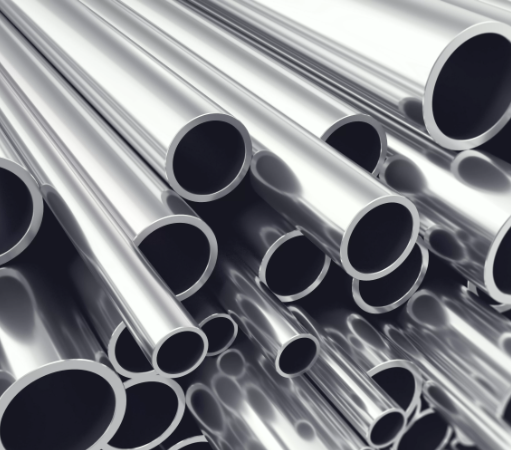
Steel
The production of cement, a key component of concrete, is one of the largest sources of CO2 emissions globally.

Wood
While potentially sustainable, the overharvesting of timber can lead to deforestation and loss of biodiversity.
The widespread use of these materials contributes to high levels of CO2 emissions, resource depletion, and environmental degradation, making it crucial to explore alternatives.
Overview of Sustainable Materials
Sustainable building materials are designed to minimize environmental footprints while maintaining or improving upon the functionality of traditional materials. Examples include:
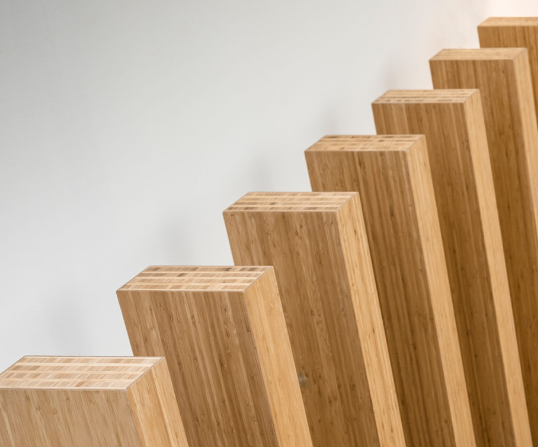
Bamboo
Rapidly renewable, bamboo grows quickly and absorbs CO2 at higher rates than many trees. It’s also strong and versatile, making it an excellent alternative for flooring and structural elements.
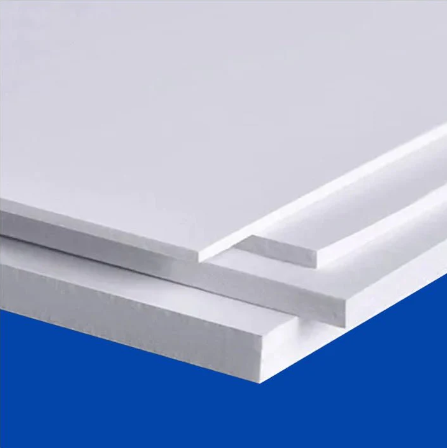
Recycled Plastic
Used to create composite materials, recycled plastic reduces landfill waste and requires less energy to produce than new plastic.

Medium-Density Fiberboard (MDF)
Made from recycled wood fibers and resin, MDF is an engineered wood product that utilizes wood waste, reducing the need for new timber and promoting better forest management practices.

Responsibly Harvested Wood
Sourced from forests managed under sustainable practices, responsibly harvested wood ensures that the ecological balance is maintained, supporting biodiversity and reducing the impact of deforestation.
These materials not only help reduce environmental impact but also promote a cycle of reuse and recycling, showcasing the potential for sustainable practices to coexist with industrial demands.
Comparative Analysis
Life Cycle Analysis
Sustainable materials often exhibit lower overall environmental impacts across their life cycle—from production to disposal.
Case Studies
Buildings constructed with sustainable materials, such as the Bullitt Center in Seattle, demonstrate that these materials can be both environmentally friendly and commercially viable.
Long-Term Benefits
Sustainable materials can offer significant long-term savings in energy costs and environmental restoration.
Challenges in Sustainable Materials
Despite their benefits, several challenges hinder the widespread adoption of sustainable materials:
Cost Issues
Sustainable materials can be more expensive upfront compared to traditional materials. This is often due to the lower economies of scale for sustainable products, higher costs of raw materials, and the newness of the technologies used. For example, the production of recycled plastic building materials or sustainably harvested wood can involve additional processing and certification costs, which contribute to higher prices.
Availability
Sustainable materials are not always readily available in all regions, which can limit their use. The supply chains for these materials are often less developed than for traditional materials, leading to potential delays and increased costs in procurement. For instance, bamboo is an excellent sustainable material but is primarily grown in specific climates, which can limit its availability in non-tropical regions.
Lack of Awareness and Technical Knowledge
There is often a lack of awareness among builders and consumers about the benefits and usage of sustainable materials. Additionally, building codes and industry standards may not have evolved to fully integrate these new materials, leading to hesitation and resistance among construction professionals. This is compounded by a lack of training and technical knowledge on how to effectively work with new sustainable materials.
Future Trends in Sustainable Building
The landscape of sustainable building is continuously evolving, driven by innovation, regulation, and growing environmental consciousness. Here are some key trends shaping the future of sustainable construction:
Technological Innovations
New technologies are constantly being developed to improve the sustainability of building materials. For example, self-healing concrete, which contains bacteria that produce limestone to fill cracks as they form, extends the material's lifespan and reduces maintenance needs. Another innovation is 3D printed buildings, which can significantly reduce waste by using only the amount of material needed, often incorporating recycled materials in the mix.
Regulatory Support and Incentives
Governments worldwide are increasingly supporting sustainable building through regulations and incentives. For instance, the European Union’s “Green Deal” aims to make Europe climate-neutral by 2050, promoting the use of sustainable materials and construction practices. In the United States, the LEED (Leadership in Energy and Environmental Design) certification system incentivizes builders to adopt green practices by offering tax rebates and other benefits.
Increasing Use of Renewable Energy Sources
More building projects are integrating renewable energy sources directly into their designs. Solar tiles, which are photovoltaic cells designed to look like traditional roof tiles, are a great example. These allow buildings to generate their own power without compromising on aesthetic standards.
Biophilic Design
This design trend integrates natural elements into construction to improve occupant connectivity to the natural environment, offering significant health and environmental benefits. The Bosco Verticale (Vertical Forest) in Milan, Italy, is a pair of residential towers that incorporate roughly 900 trees each, reducing inner-city air pollution and promoting biodiversity.
Circular Economy in Building Materials
The concept of a circular economy, where resources are reused and recycled continuously, is becoming more prevalent in the construction industry. Companies like ECOR are creating building panels made from 100% recycled material, demonstrating how construction waste can be upcycled into new products.
Conclusion
The shift from traditional to sustainable building materials is not just a necessity for environmental sustainability but also an opportunity for innovation and leadership in the construction industry. By choosing sustainable materials, builders and consumers can significantly reduce their environmental impact and contribute to a healthier planet.
We encourage everyone—from individual homeowners to large construction firms—to explore and invest in sustainable building materials. Every step towards sustainability is a step towards securing a better future for our planet.



